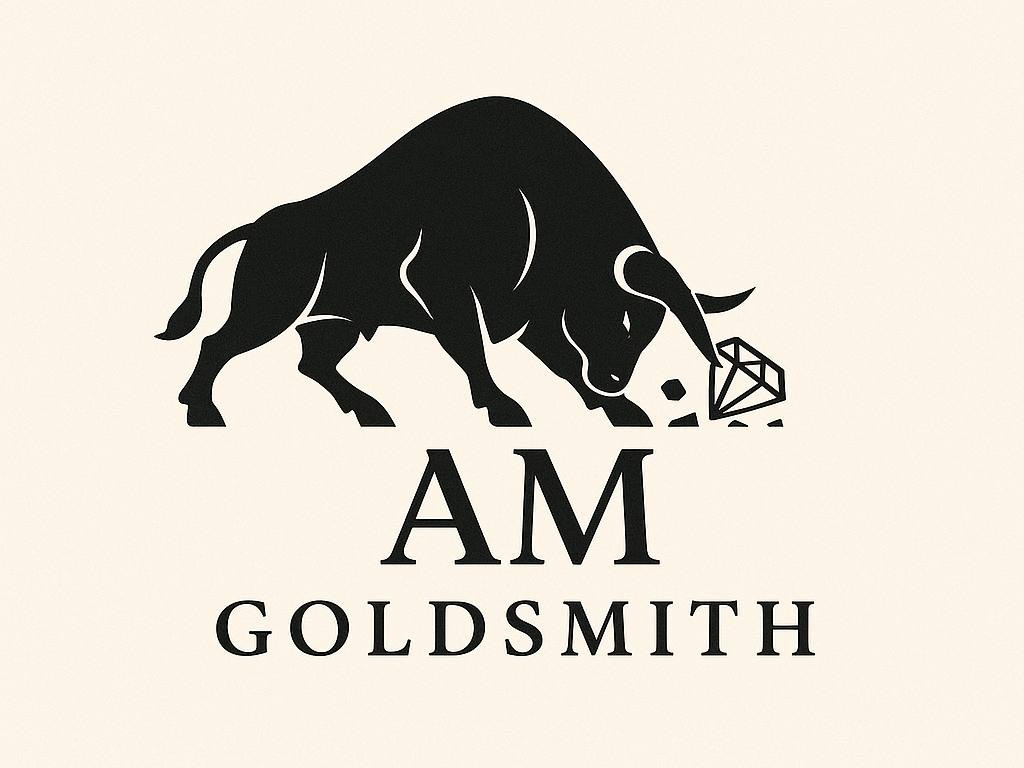Calgary has long held the official title of “City of Trails.” Over a thousand kilometers of paved and natural paths wind through river valleys, cross prairie hills, and quietly enter old parks, connecting residential neighborhoods with the city center. Even on a windless weekday morning, you're bound to meet a baby boomer with telescopic poles, an office clerk with laces on their running shoes, or a group of students catching Wi-Fi near a bench overlooking the Rocky Mountains through the silver river. Below is a description of the routes that Calgarians cannot imagine their daily walks without.
The river that keeps the rhythm: Bow River Pathway
The most famous walking route begins at Bearspaw Dam, winds through the cottage gardens of Bowness, passes through the business center, and disappears into the wetlands of Fish Creek — all 48 kilometers of continuous trail along the Bow. The central section between the Peace Bridge and Edworthy Park resembles a carnival almost every weekend: some people walk their golden retrievers on leashes, others push strollers, and the clinking of bicycle chains can be heard above the crowd. People come here not so much for fitness as for the panorama: on one side, the glass-and-water skyline of downtown; on the other, the silvery peaks of the Rockies rising above the silhouette of Nose Hill.
City pier and history lessons: Jack & Jean Leslie RiverWalk

In the center, between Centre Street Bridge and the intersection of 9th Avenue, the Bow River Pathway transitions into the RiverWalk, a pedestrian and bicycle promenade named after the Leslie couple, famous fighters for the preservation of the city's waterfront. Two kilometers of smooth tiles, benches with views of the water, art projects that change every few years, and the year-round aroma of baked goods from the Simmons Building. For many Calgarians, this is the place for morning river crossings and espresso, where every day begins with steps in time with the flow.
A lake in the embrace of the prairies: Glenmore Reservoir Loop
The southwestern part of the city is adorned by an artificial reservoir surrounded by a 14-kilometer circular trail. It connects a yacht club, rowing piers, the historic sailboats of Heritage Park, and the quiet Weaselhead Flats nature reserve. In open areas, you can see barely noticeable waves on the water, and in a few minutes, you can walk into a wooded corridor where, in September, you can hear the whistling of Calliope hummingbirds, Canada's smallest bird. Some people walk the loop in three hours, others cycle it in sixty minutes, but everyone stops at the North Glenmore lookout to watch the evening sun set behind the Rocky Mountains.
The mystery of the delta and the voices of beavers: Weaselhead Flats

Where the Elbow River flows into Glenmore Reservoir, nature has created the city's only delta. Wooden bridges, the scent of resin from the pine trees, the shade of tall willows, and mud that sticks to your shoes for a long time. The classic five- to six-kilometer loop begins with a steep descent from the South Glenmore parking lot, crosses a footbridge, winds along river oxbows, and returns through mixed forests to the start. Here you can watch beavers at dusk, look for coyote tracks in the thin snow in February, and photograph the rare Cypripedium orchid in June.
Prairie roof with a view of the city: Nose Hill Park
In the northern sector of Calgary, a plateau rises — a solitary hill visible from any nearby highway. Eleven square kilometers of protected prairie give the feeling of the wild prairie just a block away from a coffee shop. The most popular route, the Nose Hill Loop, starts at the Many Owls Valley parking lot, winds its way up to the upper plateau, and then forms a seven-and-a-half-kilometer easy, undulating traverse with views of downtown and the distant mountains. In November, people come here to listen to the wind whistling through the dry grass; in June, they come to see yellow primroses blooming against the backdrop of city skyscrapers.
Green sea in the south: Fish Creek Provincial Park

Canada's second largest urban park stretches for twenty kilometers along the lower reaches of the creek of the same name and offers over eighty kilometers of hiking trails. To the west are the ancient coniferous forests of Shannon Terrace, in the center are the birch groves of Bebo Grove, and closer to the Bow River are meadows scented with wild thyme. Many choose the easy two-hour route from Votier's Flats to Marshall Springs and back, which runs along a pond with a beaver dam and then through the heart of a gallery forest where red-winged blackbirds sing in the summer. In winter, the trails are converted into ski loops, and in summer, they are filled with the sound of cowbells.
A miniature city for a Sunday stroll: Prince's Island & Chevron Learning Pathway
A tiny island near Eau Claire is a favorite spot for family strolls in the city center. On the eastern edge of the island, the winding Chevron Learning Pathway takes visitors past an artificial wet meadow, where grandiose signs explain how water from storm drains is purified naturally before returning to Bow. The half-mile trail with ramps and bridges is unlikely to tire even a toddler, but it will show you how you can encounter fly fishermen and a pair of swans in the middle of the city, all within the confines of a pre-war sewer system.
Eastward: Glenmore Reservoir to Elbow River and River Park

For those who prefer to alternate between asphalt and pine needles, there is a route from the wooden pier of the canoe club to the mouth of the Elbow. The trail transitions from a walking dam to the shady corridors of River Park and ends under an old arch bridge, where the first city swallows arrive in early May. This route is popular with dog owners because there is a huge off-leash area in the heart of the park where dogs and their owners can walk in time to the rustling of the wind in the poplar trees.
Why do Calgarians walk?
In a city where winter can last six months and the thermometer easily drops to -25 °C, walking has become not just a sport but part of the social contract: meet the sunrise by the river, drink coffee in a parked van, and walk two thousand steps before the office. The Bow River Pathway gives a sense of movement in the center, Nose Hill — solitude and clean wind, Fish Creek — forest tranquility, Weaselhead — the unexpected wild voice of beavers in the city, and RiverWalk reminds us that even among glass and concrete there is a place for slow evening meditation by the water. That's why Calgarians return to these trails again and again — to hear the pulse of the city, which sounds as rhythmic as footsteps on the sidewalk between the water and the sky.